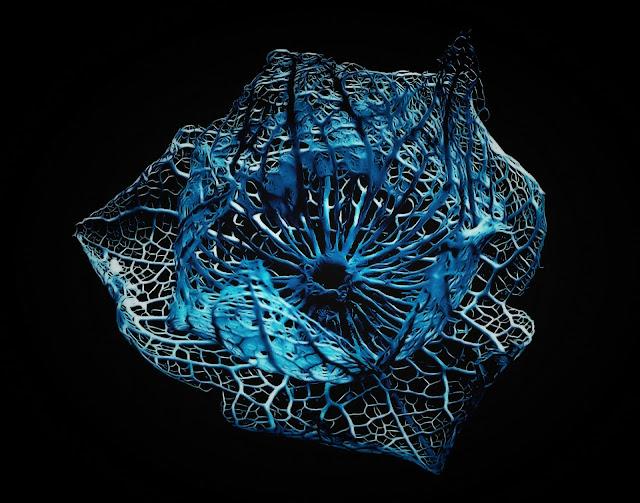In my previous post on this subject, I referred to the following rule.
A source tells other users where you got the information and reminds you also of where you got the information.
Any discussion about sources among genealogists inevitably turns to the topic of "citations." The reason for this is that formal publications such as academic journals and books often require a particular citation format. For example, The American Genealogist which is described as follows:
The American Genealogist is an independent quarterly journal dedicated to the elevation of genealogical scholarship through carefully documented analyses of genealogical problems and through short compiled genealogies.The American Genealogist was founded back in 1922 by Donald Lines Jacobus who is often referred to as "the father of scholarly genealogy" in the United States. If you were interested in submitting an article to The American Genealogist, you would soon discover the Submissions requirements. Here is a quote about submissions to the journal.
Manuscripts may address any period, region, and demographic group within the United States or the (North) American colonies. Manuscripts may consist of compiled genealogies, problem analyses, corrections to printed genealogies, annotated transcriptions of (short) genealogically significant sources, or other related types. Whatever the format and focus, submissions should consist of original genealogical research that is carefully presented and properly documented with citations to primary (and appropriate secondary) sources. Citation format is not as important (in the submission stage) as clarity and consistency—though TAG generally adheres to the citation styles of The Chicago Manual of Style. [emphasis added]Here is the citation to the latest version of The Chicago Manual of Style.
The Chicago manual of style. 2014. Chicago: The University of Chicago Press.
Now, this citation is formatted according to The Chicago Manual of Style and would likely be acceptable for a citation to an article published in a formal academic journal. Hmm. But there is one problem. The "citation" does not tell me where to find the book. If I want to go back and refer to the book cited, where would I find that book? Now, let's look an example of a citation or source form from FamilySearch.org.
This citation format has the following fields:
- Source Title (required)
- Web Page (Link to the Record)
- Where the Record is Found (Citation)
- Describe the Record (Notes)
- Reason to Attach Source
- Select the Information or Events in this Source
- Add Source to My Source Box
One significant difference between this "citation" and the one required by the Chicago Manual of Style is that I can click on the link to the WorldCat.org and see exactly where to find a copy of this book. Here is the WorldCat.org link.
Now, as genealogists, very few of us are going to be publishing our conclusions and findings in formal genealogical journals. If you fall into that category, you can go find yourself a copy of the manual of style that is required by that publication. But for the rest of us, I suggest we focus on recording enough information about where we get and got our information to let everyone (including ourselves) know where to go to get a copy of the stuff we are citing.
Here is a bad example from the FamilySearch.org Family Tree with the name of the contributor blotted out.
Perhaps I should point out that there are a few million Ancestry.com Family Trees and this much information simply tells me that the person working on this entry did not have any source records for the information he or she added to the Family Tree. Many of the sources added to the Family Tree are just about this informative. But wait, isn't that true about the required source citations from most academic journals? Yes, unfortunately. They are more interested in form rather than substance. In both cases, I am left with the task of re-verifying or finding the the source of the information. Granted, I might be able to find a book, but I am completely lost in trying to discover which Ancestry Family Tree supplied the information used by the FamilySearch contributor.
Stay tuned for more.
Previous post on this subject:
http://rejoiceandbeexceedingglad.blogspot.com/2017/04/digging-into-sources-in-familysearch.html









My top three source citations for fanciful information are 3) "Salt Lake City" in the case it was used meant the misinformation has been used to seal the individual to the wrong parents in the distant past, 2) "My gedcom," and at #1) no citation at all. Since #1 may not count as it is not a source citation, but the lack of one, then "My gedcom" without an e-mail address is my favorite.
ReplyDelete